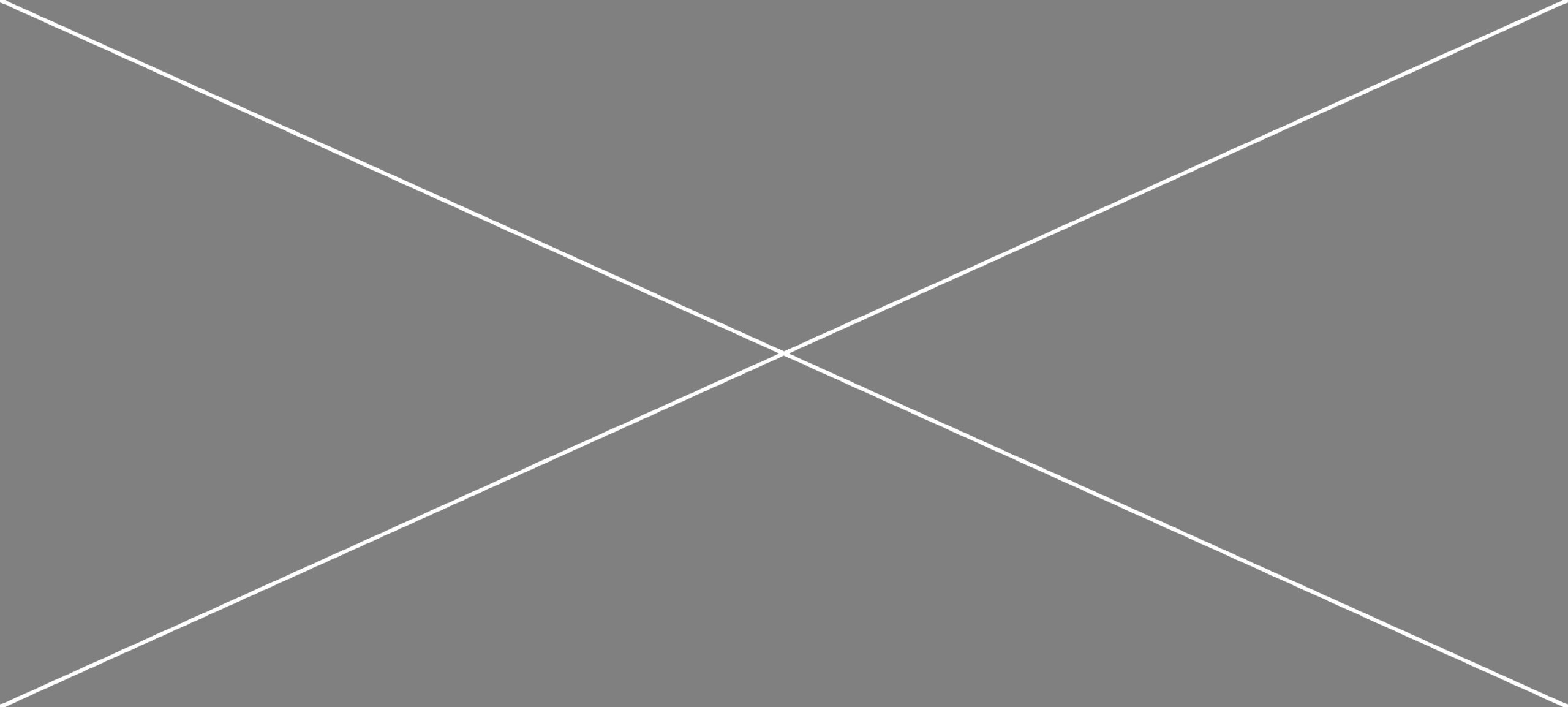Landscapes of the Anthropocene is an ongoing visual and digital anthropology project that documents human-induced transformations of the Earth through curated satellite imagery. Conceived as both an atlas and an inquiry, it explores how infrastructures, industries, and environmental disruptions reshape planetary surfaces—and how these transformations can be seen, sensed, and understood anthropologically. Each selected site is accompanied by a short vignette that situates it within broader ethical, political, and material contexts. Together, images and texts form an experimental archive of planetary change.
At its core, the project is an exercise in visual ethnography at a global scale. Using cartographic tools, remote sensing, and digital curation, it examines how landscapes register the traces of extraction, expansion, and decay. The goal is not to produce another inventory of environmental damage but to assemble a critical and affective atlas of the Anthropocene—one that visualizes how human actions become geological inscriptions.
Each entry in the atlas combines a high-resolution satellite view with a brief anthropological reflection. The vignettes weave together ecological, historical, and social dimensions: from the sedimented scars of mining operations and deforested zones to the infrastructural geometries of megadams, highways, and industrial agriculture. These are not just landscapes of production or destruction but sites where politics, aesthetics, and ecology intersect.
Methodologically, Landscapes of the Anthropocene blends cartography, ethnography, and speculative design. The project uses open-source mapping platforms to select and analyze locations—ranging from waste sites and desertified regions to zones of melting ice and urban expansion. Each landscape is then treated as an ethnographic document, a visual trace that demands interpretation. By juxtaposing image and text, the project invites readers to look beyond data and engage with the social and ethical dimensions of planetary change.
Over time, the project will take shape across multiple platforms:
- An online archive, presenting the atlas as a growing collection of annotated images and texts.
- A social media presence, translating the research into accessible visual storytelling.
- A future book, expanding the analysis into a sustained dialogue between visual anthropology and environmental humanities.
Landscapes of the Anthropocene is developed within the Orbital Field Station (OFS)—a working group for collaborative research at the intersection of anthropology, design, geography, and speculation. Through this initiative, the project aims to foster connections among scholars, artists, and activists who engage critically with the aesthetics and politics of the Anthropocene.
Ultimately, Landscapes of the Anthropocene proposes that seeing is a form of fieldwork. To observe the Earth from above is not to distance oneself from it, but to recognize our embeddedness within its transformations. Each satellite image is a fragment of a collective self-portrait of the planet—an unfinished map of how we inhabit, alter, and imagine the Earth in crisis.
